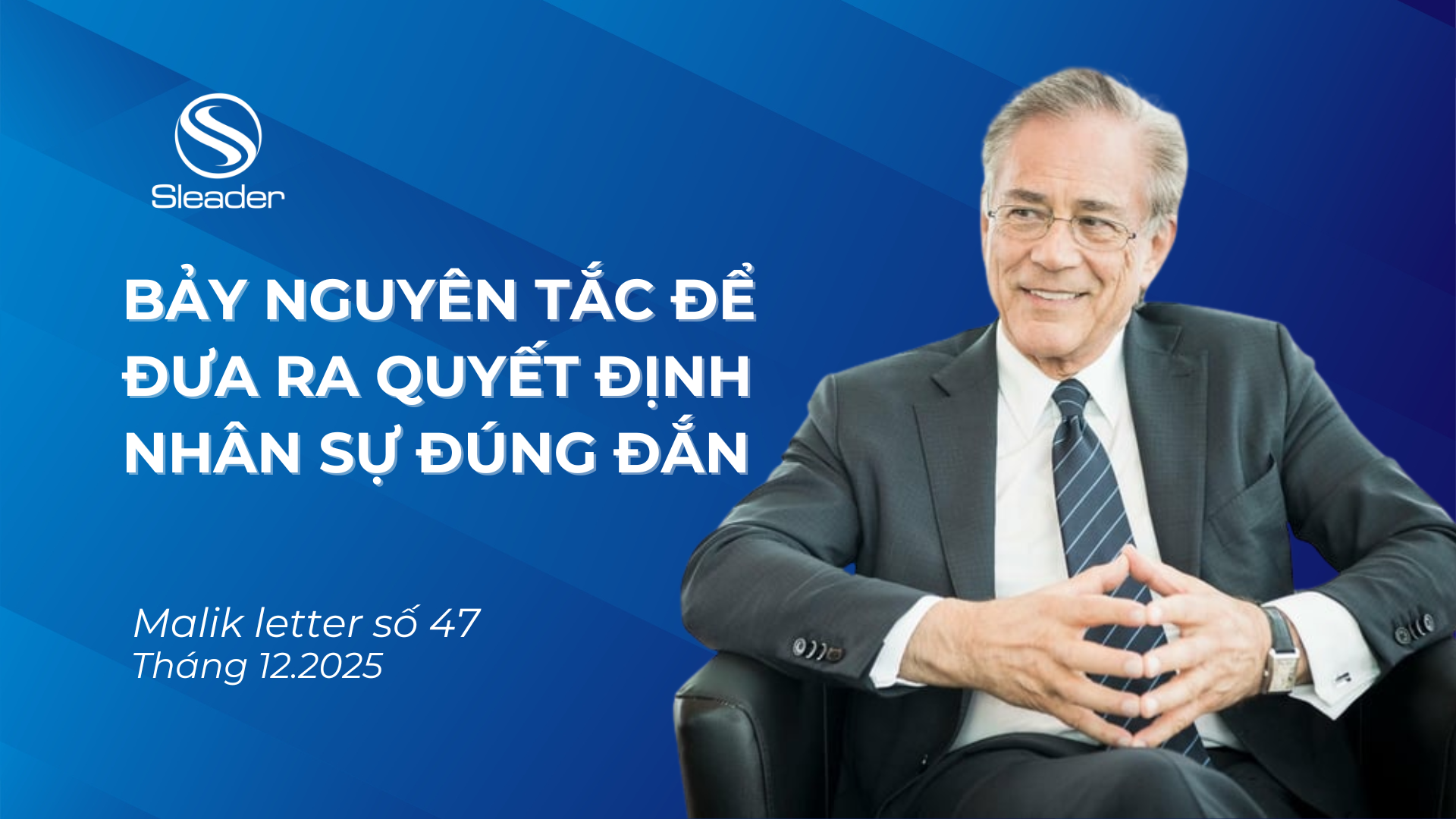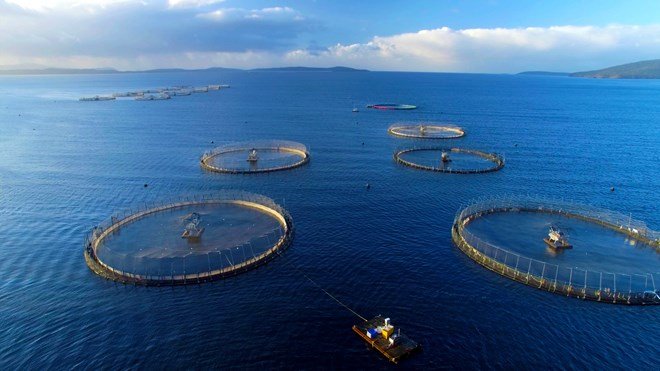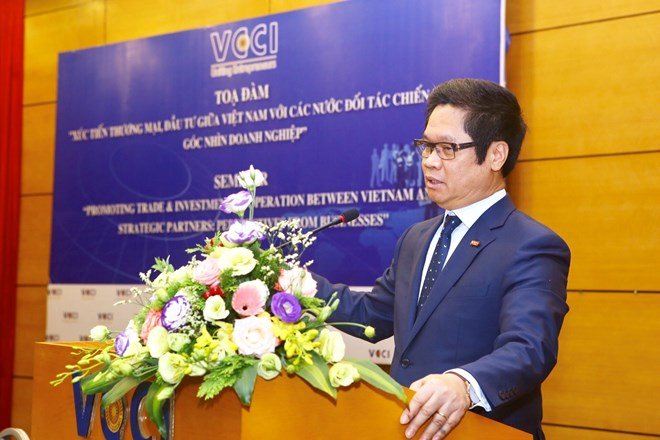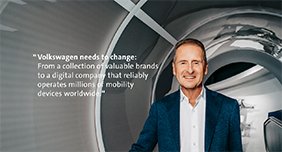
How we transform Volkswagen
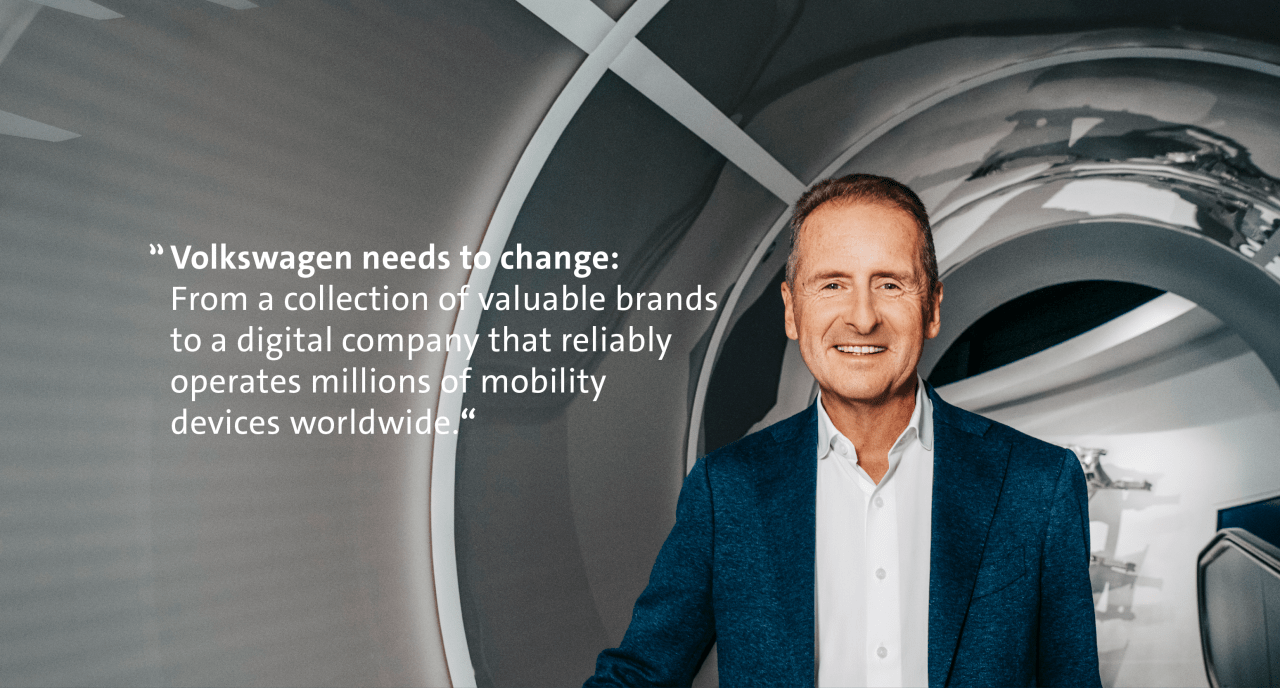
Volkswagen is unique: a vast, highly complex Group and a major challenge for any manager!
Just a few facts and figures to illustrate the scale: over 11 million vehicles sold annually (passenger cars, commercial vehicles, motorcycles), 12 brands, 670,000 employees, over 50 percent family-owned, 20 percent held by the Federal State of Lower Saxony, influential trade unions, and shareholders with a wide range of interests. Under the influence of Ferdinand Piëch, managers were taught and trained to compete internally. Volkswagen’s size, history, the current value of its brands and the unique expertise in classic automobile manufacturing are no protection in times of dramatic upheaval, and may even be a burden.
The world’s largest automaker is currently undergoing the most comprehensive transformation in economic history. I see it as my responsibility at VW to successfully steer this tanker into the future, the biggest challenge of my career!
The goal: leading the Group into a sustainable and successful future
Currently, the Group’s fleet of cars emits roughly one percent of global CO2 emissions. For that reason alone we have a special responsibility when it comes to combating climate change. My goal for the future is clear: leading the Group into a sustainable and successful future. The global transformation in the industry will take roughly ten years, with or without Volkswagen. To mitigate climate change, we must electrify our powertrains. Advances in artificial intelligence, especially in situational perception, will soon replace drivers with a learning global neural network. That will make individual mobility sustainable, incredibly safe and convenient.
In order to succeed in the new world and protect the prosperity of many people – including those outside the Group, at our business partners and suppliers – VW has to change utterly: from a collection of valuable brands and a frascinating combustion-engine products that thrill customers with their superb engineering, to a digital company that reliably operates millions of mobility devices worldwide, communicates constantly with customers and improves services, comfort and safety weekly or, ideally, daily.
Resistance should only spur on us
For me as the CEO, the Executive Team and managers who appreciate the situation for what it is, the key question is: How can we get this vast Group with all of its stakeholders to rethink its views, radically change its priorities and strive to develop new capabilities in spite of its current success. We’re no startup – our structures and processes have developed organically over decades. Many are now antiquated and complicated. Above all, we have a range of different interests and political agendas in the Group. They make this undertaking – already a major challenge – even more difficult and complex. However, any resistance should only spur us on and motivate us.
One thing we lacked when I took up my position at Volkswagen five years ago, and which is still in short supply, is time. Even then, Volkswagen was already late-to-market with electrification and digitalization in particular. That’s why we started radically rethinking our strategy 5 years ago, plotting a new course for the future. A new strategy can only be implemented on a broad base with support from all managers and stakeholders.
Syntegration as a key instrument
From similar situations in the past, I already knew of an effective management tool: Syntegration by Professor Fredmund Malik. It enables participants to break down complicated challenges in large and complex companies and work through them with key stakeholders. They analyze the situation and debate and decide on a strategy together, then take it back to the company and implement it. I find Prof. Malik’s method unique and effective, as these two examples from the Volkswagen Group illustrate:
Immediately on taking up my position in the Group in autumn 2015, we organized a first strategy workshop for the VW passenger car brand. We were then forced to postpone it until November when the diesel emissions manipulation was revealed. Ultimately, the scandal boosted and accelerated the transformation process. Besides the diesel scandal and the resulting billions in costs it incurred, we had major problems in the core VW passenger car brand: the model range was outdated (Latin America) or unsuitable (USA) in some regions, the profit margin was below two percent – not even enough to refinance current operations, never mind make key future investments.
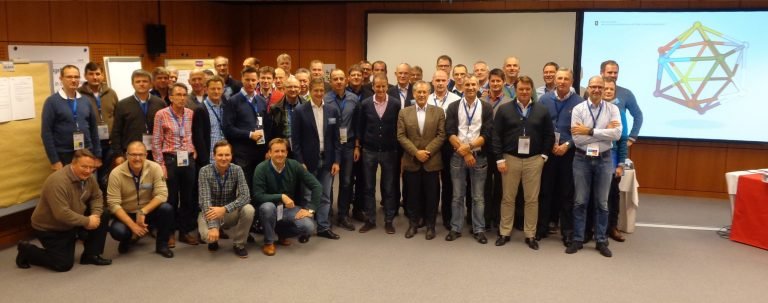
Things had to change! 42 senior executives from the VW brand took part in the November 2015 workshop. The Malik method always starts with an opening question. In this case it was “what do we have to do visibly in the next three to six months to use this crisis as a launchpad to our new automotive future?”
To best answer this question, the executives met in a various groupings. Malik says that the groups are chosen to empower and harness the participants’ collective intelligence optimally. Unlike conventional methods, this produces the best outcome for everyone, not a lowest common denominator.
This workshop paved the way for ‘Transform 2025 – Strategy for the New Volkswagen’. Looking back 5 years later, rarely have so many of the measures developed by a workshop of this kind actually been implemented as consistently as they have in this case. One key measure was that we didn’t want to use the MQB modular platform – the technical foundation of the Group passenger car business – for electrical vehicles. The plan was to create a dedicated electric platform to maximize the advantages of electromobility. As a result, next year alone, we will be launching ten models from five brands based on our modular electric powertrain platform (MEB), and Ford is also building a car on the platform. We also developed a new electronic architecture with just a few central computers – updatable and with direct customer access – and are introducing it with the electric cars.
To finance this and boost revenues, we put in place many turnaround programs in regions around the world – each including both efficiency measures and powerful growth stimuli in the shape of new products. Overall, the Group decided to focus more on the significantly more profitable SUV segments. VW had a lot of ground to make up to key competitors in these markets. We honed and decentralized hierarchies in Wolfsburg. We reorganized the model series with a more modern structure for the development process to eliminate a bottleneck that was slowing down product decisions. The regions were given more scope to make decisions faster and more relevant to their local market. Our ‘Pact for the Future’ with employee representatives let us downsize the workforce based on demographic factors – without compulsory redundancies – sustainably reducing fixed costs.
The strategy was divided into three phases. We are currently concluding the first phase with a return to profitability in our core brand and the introduction of the first electric, fully networked and sustainable Volkswagen (the ID.3). Our climate targets are now more ambitious, which is speeding up the transformation process. New competitors with IT business-like capabilities, such as Tesla, are pacing the change and setting new standards.
“Mission T” to catch up with Tesla
As a result, we had to tailor Volkswagen’s strategy to keep up with these new competitors. To this end, we organized a second workshop with Professor Malik in April 2020. 31 senior executives from Volkswagen, Audi and Porsche were involved in ‘Mission T’, as it was dubbed. The event revolved around how we can catch up with Tesla – a company focused exclusively on the future, without a traditional car business. Its Silicon Valley-style ecosystem is influenced by software capabilities, focus on technology and risk culture. The workshop was held over three days – under special constraints with masks and social distancing due to the COVID-19 pandemic. The opening question was: “What do we have to achieve in the next six months to catch up with Tesla in terms of technology by 2024?”
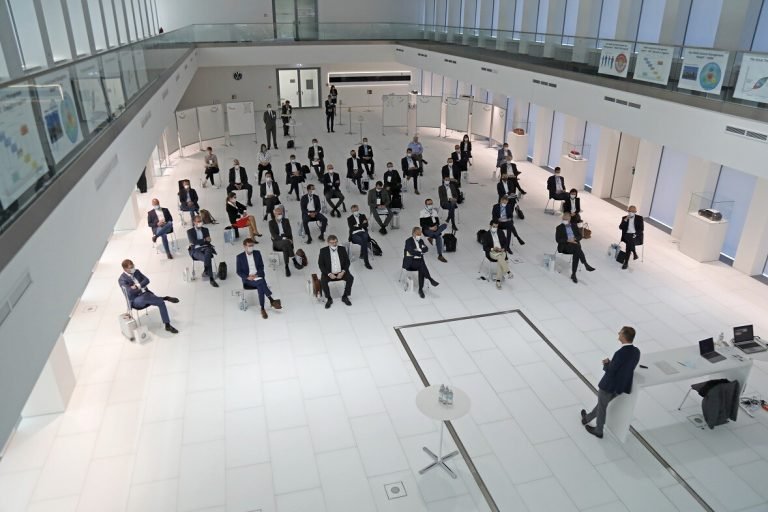
The answers we found were to grow software capabilities at an even faster rate, and pool software and hardware resources at Audi under the leadership of Markus Duesmann and the Artemis project, a unit outside the existing corporate structures.
Why did we need new organizational units? When introducing MEB, the model series, and software organization, we realized that our corporate structures prevent us matching the development speed and capacities of a well-funded and unbureaucratic startup like Tesla, with its far greater risk propensity. The new organizational unit started in October, and made a capable and decisive impression at its first Volkswagen management conference. That was the target we had set in the opening question for the April Syntegration session with Malik.
I am certain that we will be just as successful in reaching the goals from this year’s Malik workshop as the last. The method’s impact and significance for a successful outcome cannot be underestimated. It creates a shared perspective on the status quo, a shared plan, shared agreements and commitments – all essential for successful implementation, especially in an entity as complex as the Volkswagen Group.
Artemis and the software organization are the foundations on which we can build the technology, especially digital technology, we need for the Group as a whole. This will turn our cars into digital devices that will offer mobility customers unprecedented new options, safety, comfort and sustainability.
I adapted my leadership for Wolfsburg
Volkswagen’s corporate culture is another crucial aspect for us in the transformation process. When I started in Wolfsburg, I was determined to change the ‘Volkswagen system’. What I mean by that is to break down antiquated structures, and make the company more agile and modern. With the support of many equally motivated people around me, I succeeded in doing so in several areas, but not in others; foremost amongst them at our corporate headquarters in Wolfsburg. I have brought about a lot of change and achieved positive outcomes throughout my career with my personality – at times confrontational – by highlighting and addressing the problems and action needed directly. Some of these changes have been vital to the companies in question – as was the case at Volkswagen. Of course, I have also reassessed my leadership style during my 5 years at Volkswagen, and have now adapted it for Wolfsburg. Experienced executives familiar with the Wolfsburg system have more responsibility now: Gunnar Kilian, Ralf Brandstätter, Thomas Schmall, and Christian Vollmer – they know how things work in Wolfsburg, their style is less confrontational and more empathetic. The excellent results speak for themselves!
The most valuable company will be a mobility company
The future of the automobile is exciting and fascinating – in around ten years, we will have self-driving cars. That is an immense new segment, and will create a host of new opportunities. For example, it will give children and persons with illnesses a completely new dimension of mobility. For many companies, the journey to this destination will be challenging. It certainly will be for us at Volkswagen. However, I am convinced that leading the way forward in this transformation is a worthwhile undertaking, and that we can succeed. We should see the transformation as an opportunity. In ten years, the most valuable company in the world will be a mobility company again.
Source: Herbert Diess – CEO of Volkswagen

